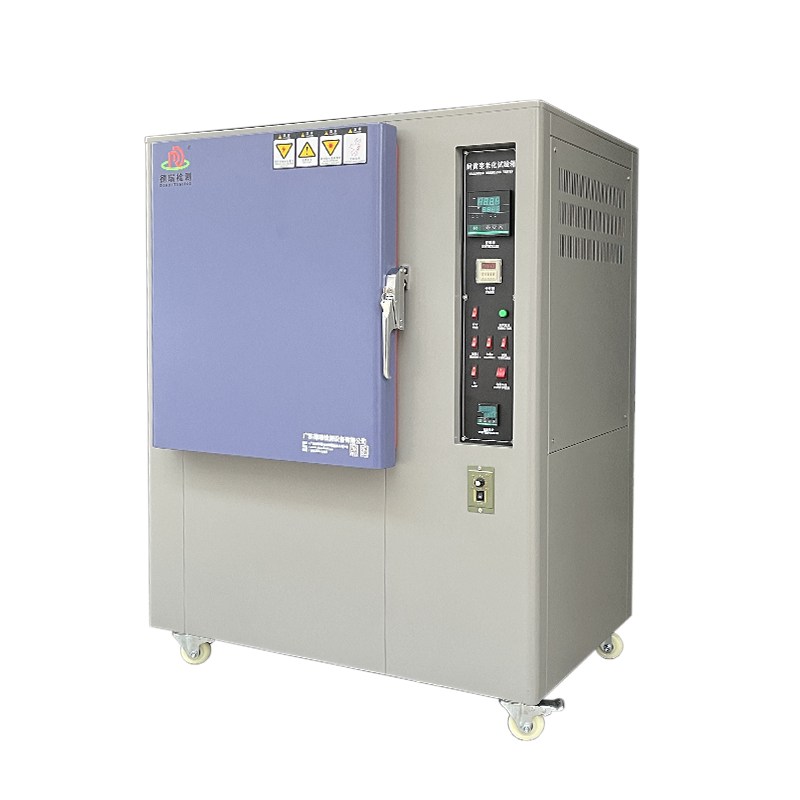
Non standard customized yellow resistance testing equipment
158005.0 INR/Unit
Product Details:
X
Non standard customized yellow resistance testing equipment Price And Quantity
- 158005.0 INR/Unit
- 1 Unit
Non standard customized yellow resistance testing equipment Trade Information
- Cash in Advance (CID)
- 100 Unit Per Month
- 7 Days
- All India
Product Description
Item Specification
1. Internal chamber size(W*D*H) 50*50*60cm
2. External chamber size(W*D*H) 114*74*130cm
3. Temperature Range Ambient Temperature~200
4. Control Mode Automatic Calculation Controller
5. Temperature display accuracy 0.1
6. Control accuracy 3
7. Distribution accurac 1 (ambient ~ 100)
8. Time memory 0-999 hours, Power Failure Memory Type, with Buzzer
9. Sample holder rotation speed Diameter 45cm, 102 roll/min
10. UV light source 300W UV lamp
11. Heating method Hot air circulation
12. Chamber material Internal: Stainless Steel SUS304;
13. External: Steel plate with baking varnish
Non-standard customized yellowing resistance test equipment is a kind of test equipment designed and manufactured according to the specific needs of customers, which is mainly used for evaluating the yellowing resistance of materials or products under specific environmental conditions. Yellowing resistance refers to the ability of a material to resist color change under conditions such as light, high temperature and humidity, which is crucial for product quality control in many industries, especially in textiles, plastics, coatings, printing and other fields.
Features of non-standard customized yellowing resistance test equipment:
Customized design: personalized design according to the specific needs of customers, including test standards, sample size, test conditions, etc.
Multiple testing conditions: Different environmental conditions can be simulated, such as UV irradiation, high temperature, high humidity, light intensity, etc., in order to evaluate the yellowing resistance of materials under these conditions.
Precise control: The equipment is usually equipped with precise temperature, humidity and light control systems to ensure the stability and repeatability of the test conditions.
Versatile sample fixation: Different fixation devices are designed according to the shape and size of the sample to ensure stability of the sample during the test.
Data recording and analysis: the equipment is usually equipped with a data recording system, which can record various parameters during the testing process in real time and analyze the data.
Safety protection measures: the equipment is designed with a variety of safety protection measures, such as overheating protection, emergency stop button, etc., to ensure the safety of the testing process.
Working Principle:
Sample Preparation: The samples to be tested are prepared according to the specified requirements, such as cutting into specific sizes and shapes.
Equipment Setting: Set the temperature, humidity, light intensity and other parameters of the equipment according to the test standards and customer requirements.
Sample Placement: Place the prepared samples on the sample rack inside the equipment to ensure that the distance and angle between the samples and the light source meet the test requirements.
Test process: Start the equipment and begin the yellowing resistance test. During the test process, the equipment will be controlled according to the set parameters and the test data will be recorded in real time.
Analysis of results: After the test, take out the sample, observe its color change, and compare it with the untested sample to evaluate its yellowing resistance.
Tell us about your requirement

Price:
Quantity
Select Unit
- 50
- 100
- 200
- 250
- 500
- 1000+
Additional detail
Mobile number
Email



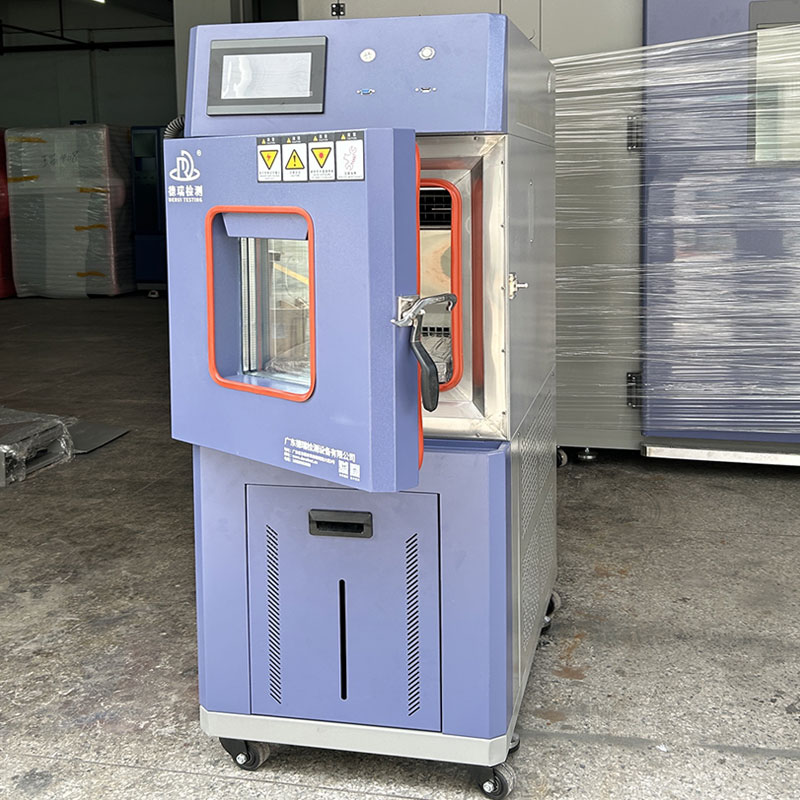
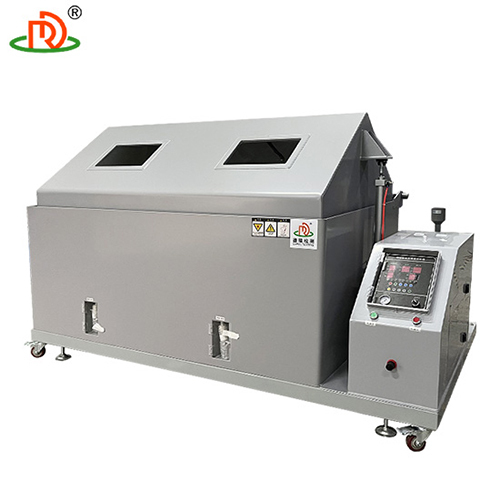
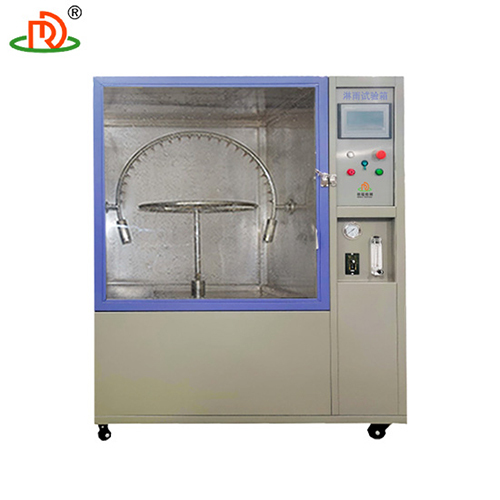
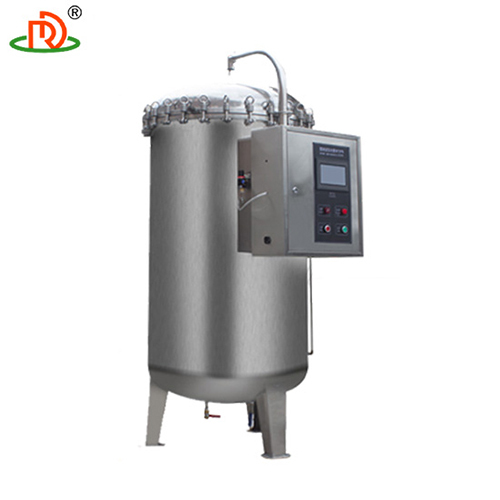

 English
English Spanish
Spanish French
French German
German Italian
Italian Chinese (Simplified)
Chinese (Simplified) Japanese
Japanese Korean
Korean Arabic
Arabic Portuguese
Portuguese